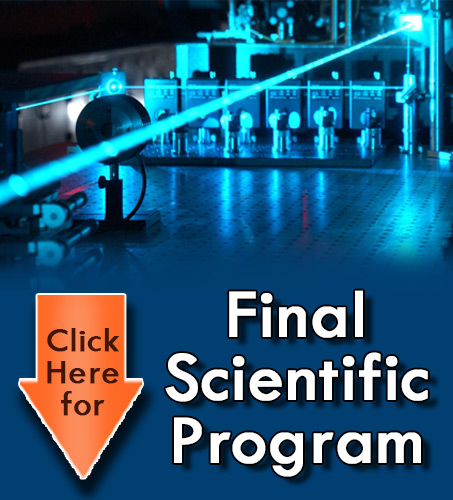
Ngwe Zin
University of Central Florida, USA
Title: Laser aided shunt removals to improve conversion efficiency in high-efficiency silicon solar cells
Biography
Biography: Ngwe Zin
Abstract
Interdigitated-back-contact (IBC) solar cells are the most efficient single-junction solar cell design. To date, the IBC cell with the best conversion efficiency of 26.6% has been demonstrated. IBC cell design offers a number of advantages over standard front contacted cells. It is largely in part that the IBC cell with interdigitated rear contacts offer benefits such as zero shading loss from metal fingers at the front surface, reduced grid resistance, improved front surface passivation and blue response; since the competing requirement of lateral current transport in the front emitter is removed, high rear internal reflectance owing to the presence of a thick dielectric and near full metal coverage. Utilisation of n-type material leads to reduced light-induced degradation due to the absence of the boron-oxygen complex and improved resilience to metallic impurities. In this contribution, a technique of removing shunts, associated in the development of IBC cells by laser-assisted means is presented. The laser used for the shunt removal is 532 nm diode pump solid state (DPSS) laser. The shunts are caused by residual boron (p+) diffusion within the phosphorus (n+) diffused region following the trench etch that separates the p and n regions. Photoluminescence (PL) imaging showed that apparent shunt regions were removed following this process. Analysis of IBC solar cells by dark IV characterization further confirmed that the shunt resistance was increased by about 30-fold (350 to 11500 Ω.cm2). The effective removal of shunts has increased the cell efficiency by 0.5% absolute. Carrier recombination induced by laser damage appears to be minimal since an open-circuit voltage of the IBC cells barely changes for pre- and post-laser ablation.

